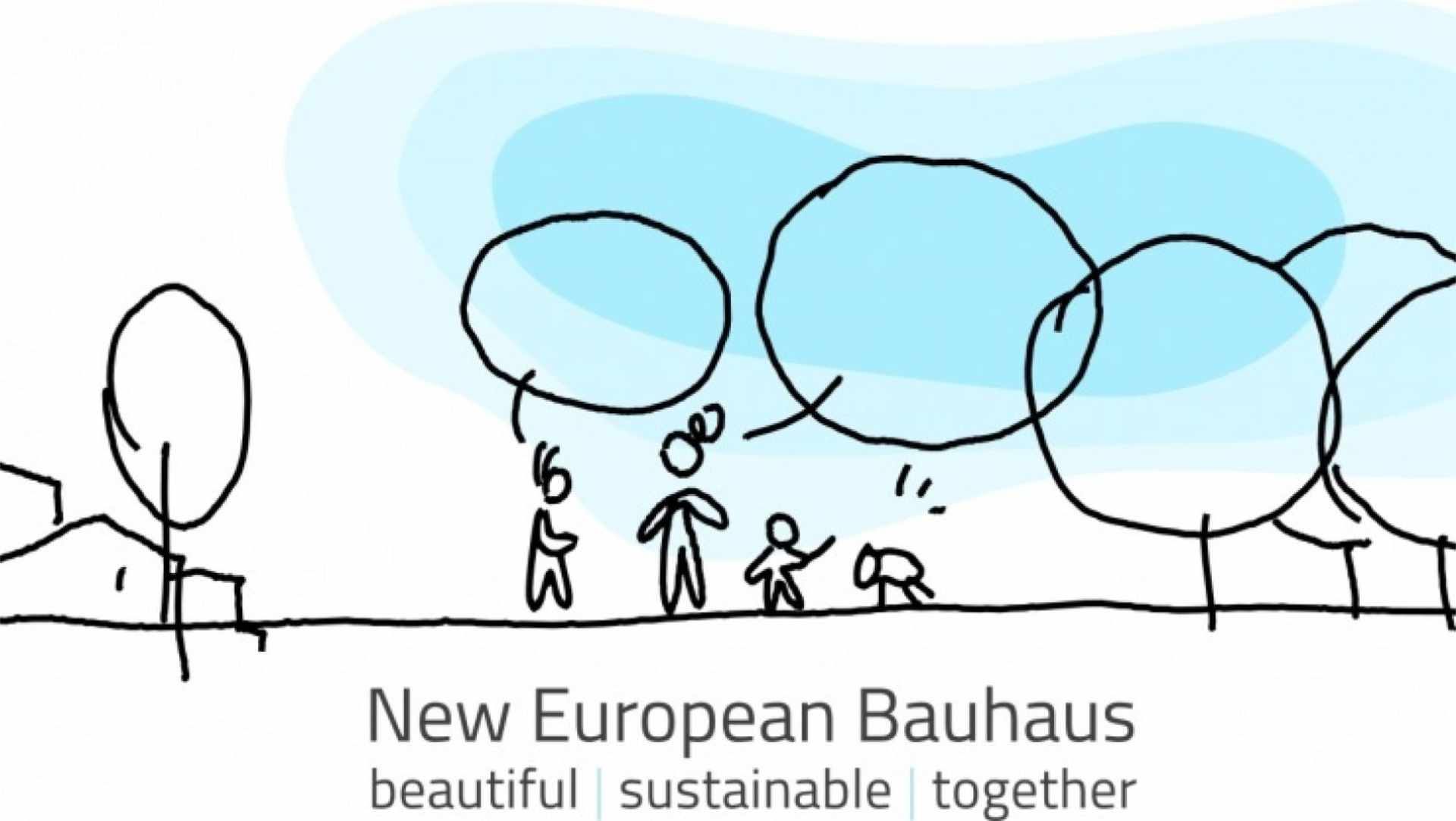New European Bauhaus Concept Paper

The goal of the New European Bauhaus Concept Paper is to provide a conceptual framework for the evolution of the New European Bauhausi project narrative and to inspire a cultural movement which can facilitate the delivery of the European Green Deal. The conceptual framework provides a shell of key visions and actions to be expanded through broader community engagement.
As members of the New European Bauhaus High-Level Round Table we were invited to consider the focus, scope and nature of the New European Bauhaus (NEB) initiative. We established a series of visions around the core values of sustainability, aesthetics and inclusion with the objective of harnessing the power of design, culture and the arts to enable the ambitious change called for by the European Green Deal objectives: no net emissions of greenhouse gases by 2050; economic growth decoupled from resource use; and no person and no place left behind.
In defining the scope of the project, our priority was to reframe the ambitions of the original 1920s Bauhaus movement under the radically different conditions of the 2020s defined by the climate crisis and thus, the urgent challenges of today’s and tomorrow’s generations. Guided by the European Green Deal objectives, we set a broad scope for addressing our living and built environments, ranging from the scale of the individual to that of communities and outward to ecosystems and the planet. Our intentions have been to include both human and non-human perspectives and rethink our complex relationships with nature; to acknowledge the diverse and mutable cultural dimensions of aesthetic values that extend beyond beauty and tactile materiality; to design for empowerment and for diverse abilities, not simply to retrofit accessibility; to not just repair but to heal, flourish and regenerate by adopting a process of circularity; to redress imbalance for the vulnerable, overlooked and marginalised, and to enable a just transition towards the world we want to live in.



